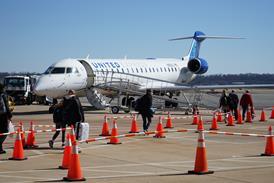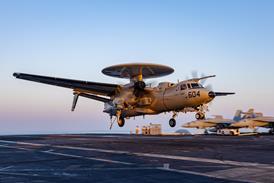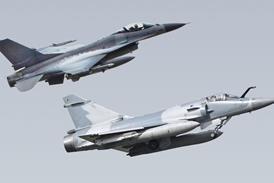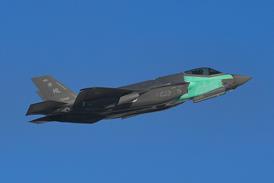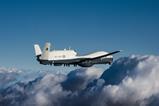The Pentagon will equip land-based Boeing F-15 fighters with a long-range missile seen as critical to success in any conflict in the Indo-Pacific region.
In a solicitation released on 8 January, the Department of Defense (DoD) revealed it plans to integrate Lockheed Martin’s Long-Range Anti-Ship Missile (LRASM) with the F-15E and F-15EX fighters operated by the US Air Force (USAF).
The sole-source contract to Lockheed’s Missiles and Fire Control unit, which developed and produces of the LRASM, will fund a test and integration campaign to adapt the main AGM-158C-1 variant of the anti-ship cruise missile to the land-based F-15.
“[Lockheed] alone has the requisite knowledge, experience, and technical data that can meet the government’s requirements within the required timeframe,” the DoD says.

Although it was developed for the US Navy (USN) and was initially intended for use by naval strike fighters, the LRASM has been adapted to other USAF platforms, including the Boeing B-1B supersonic bomber. The air force also pursued LRASM certification for its Boeing B-52 heavy bombers going as far back as 2019, although that effort has since been abandoned.
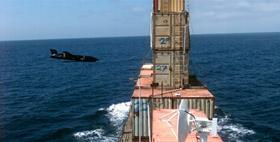
The navy’s Boeing F/A-18E/F Super Hornet strike fighters are the primary delivery vehicle for LRASM, with certification efforts underway on the carrier-capable Lockheed F-35C and land-based Boeing P-8 maritime patrol jet.
The first LRASM was delivered to the USN in 2018, with the ship-killing cruise missile now expected to be one of the most important weapons for Washington and its regional allies, should conflict ignite in the Western Pacific.
In 2022, war games conducted by the US-based Center for Strategic and International Studies found an adequate supply of LRASMs would be essential to defending Taiwan against invasion by China, which could feature hundreds of enemy surface ships in the waters surrounding the disputed island.
According to the USN, LRASM uses semi-autonomous guidance algorithms to identify and pinpoint targets from “less precise” coordinate data. This in turn reduces the service’s dependency on intelligence, surveillance and reconnaissance platforms, communications network links and GPS-based navigation when conducting strikes.
“LRASM will play a significant role in ensuring military access to operate in open ocean and the littorals due to its enhanced ability to discriminate and conduct tactical engagements from extended ranges,” the US Naval Air Systems Command says.
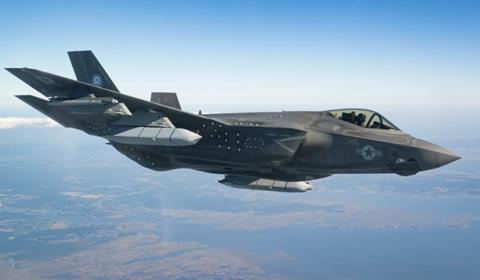
The USN’s fiscal year 2025 budget documents, which describe LRASM as the most urgently needed anti-ship weapon system, indicate the service plans to continue developing the next iteration of the missile – known as AGM-158C-3 – that boasts extend range, advanced survivability and beyond line of sight communications.
The weapon shares a high degree of commonality with another long-range cruise missile – the Lockheed Joint Air-to-Surface Standoff Missile developed for the USAF to strike targets on land.
In 2024, Lockheed said it was planning to double production of the two low-observable cruise missiles, after completing a second assembly line in Troy, Alabama. The company hopes to hit a production rate of more than 1,000 total JASSMs and LRASMs within the next few years.
Lockheed in September revealed it is developing a new “extreme range” variant of the cruise missile, which it has dubbed the AGM-158 XR.
The company did not reveal performance targets for the new iteration of the weapon system, but said it would be compatible with all variants of the F-35, the F/A-18E and F-15E.


